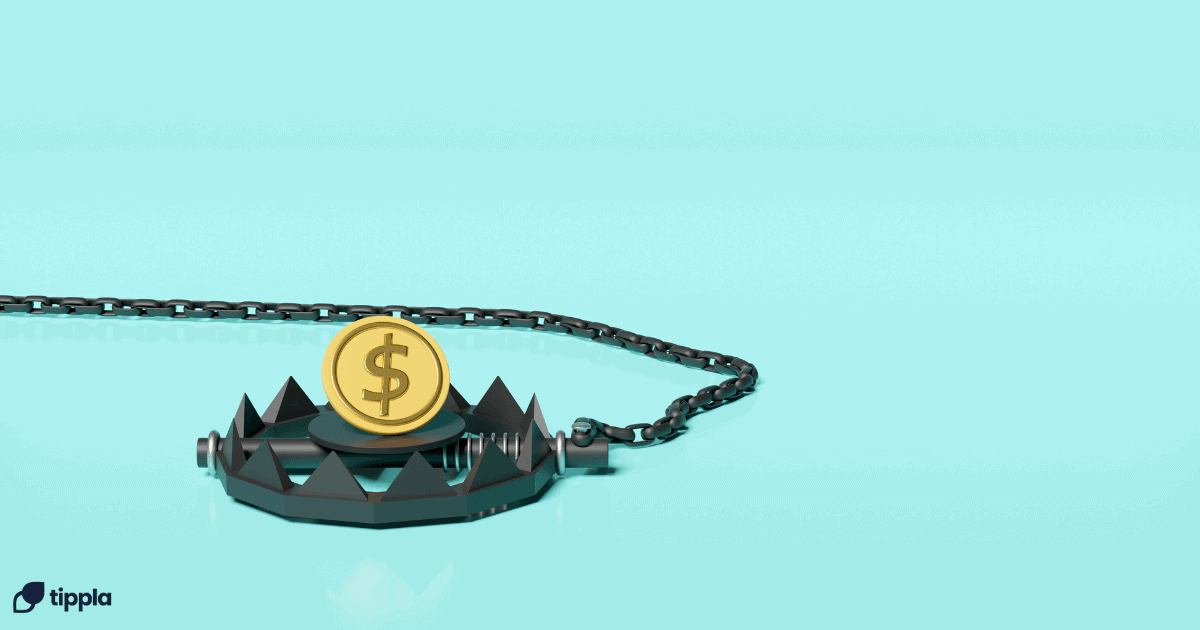Published in January 22, 2024
Credit Utilisation Strategies

Understanding how to manage your credit wisely is crucial for maintaining a healthy financial life. Whether you’re aiming to purchase a home, start a business, or maybe purchase your very first car, your credit utilisation can have an influence on the decisions made by credit companies when they review your profile for loan eligibility.
This article will delve into effective credit utilisation strategies, helping you understand how to leverage credit to your advantage while avoiding potential pitfalls.
Understanding Credit Utilisation
Credit utilisation is a key factor in credit scoring, and it plays a significant role in determining your creditworthiness. Credit utilisation is the percentage of your available credit that you are currently using. It is calculated by dividing your current credit card balances by your credit limit and multiplying by 100 to get a percentage.
Credit reporting agencies in Australia, such as Equifax, Experian, and Illion, use credit utilisation as one of the factors to determine your credit score. A lower credit utilisation ratio is generally considered better for your credit score. It suggests that you are not overly reliant on credit and are managing your finances responsibly.
Key Components of Credit Utilisation
Here are the key components of credit utilisation:
- Credit Card Balances: The total amount of outstanding balances on your credit cards. This includes both revolving balances (balances that can carry over month to month) and any other outstanding debts on credit cards.
- Credit Limits: The total amount of credit available to you across all your credit cards. This is the maximum amount you can borrow.
- Credit Utilisation Ratio: This is the most crucial component. It’s calculated by dividing your total credit card balances by your total credit limits. For example, if you have a total credit card balance of $1,000 and a total credit limit of $5,000, your credit utilisation ratio is 20% (1,000 / 5,000 = 0.2 or 20%).
- Total Revolving Credit: Lenders may also look at the total amount of revolving credit you have. This includes not only credit cards but also other lines of credit that allow balances to carry over from month to month.
- Credit Score Impact: The utilisation ratio heavily influences your credit score. Lower ratios are generally better, and maintaining a ratio below 30% is often recommended for a positive impact on your credit score.
- Payment History: While not directly related to credit utilisation, your payment history plays a significant role in your overall creditworthiness. Late payments or defaults can affect your credit score and, consequently, your ability to access credit.
It’s important to note that credit scoring models and criteria may vary among different credit bureaus and lenders in Australia. Regularly monitoring your credit report and managing your credit responsibly are key practices to maintain a healthy credit profile.
Strategies for Optimal Credit Utilisation
- Keeping Credit Utilisation Low: To enhance your creditworthiness, it’s advised to maintain low credit card balances, ideally below 30% of your credit limit. This demonstrates responsible credit usage and positively impacts your credit score.
- Balancing Multiple Credit Accounts: Managing multiple credit accounts wisely contributes to a positive credit profile. Ensure a judicious distribution of credit across your accounts, avoiding over-reliance on a single source.
- Diversifying credit types: Having a mix of credit card accounts and other credit types, like loans or lines of credit, can demonstrate responsible credit management. Manage multiple cards carefully: Track balances and due dates across all cards to avoid missed payments or exceeding limits.
- Timing of Payments and Credit Reporting: Timely payment of bills and loans is crucial. Consistent on-time payments positively influence your credit score. Regularly check your credit report to identify any discrepancies and address them promptly.
Did You Know 💡❗You can monitor your credit score even on a daily basis through Tippla? When you create your own account, you will also have access to a range of different financial tools including a spend tracker to help you keep track of where your money is going. And the best part is you can access these (and more) for free. Sign up with Tippla today!
Increasing Credit Limits
Consider requesting an increase: If you consistently pay your credit card bills on time and in full, and your income or financial situation has improved, you may be eligible for a credit limit increase.
Reach out to your card issuer to inquire about the process. You can typically request an increase online, through their app, or by calling customer service. Be prepared to provide information: You may need to share details about your income, employment status, and credit history to support your request.
Risks and Benefits of Higher Credit Limits
Benefits
- Access to Extra Funds: Increasing your credit limit can provide access to more funds for emergencies or larger purchases, offering financial flexibility when needed.
- Positive Credit Score Impact: An increased credit limit may positively impact your credit score by lowering the credit utilisation ratio, potentially improving your overall creditworthiness.
- Instant Access to Funds: One immediate advantage of raising your credit card limit is instant access to additional funds, providing a financial buffer for unforeseen expenses.
Risks
- Increased Debt Risk: Approving a larger credit line provides more spending power, but it also escalates the risk of accumulating higher levels of debt, emphasising the importance of responsible credit management.
- Interest Costs: While a higher credit limit offers the opportunity to increase debt, it also raises the risk of paying more in interest over time, making it crucial for individuals to manage their credit responsibly.
- Lender Response: Some lenders may view a higher credit limit as a potential risk, affecting the terms of credit or even leading to refusal for a credit limit increase, impacting one’s financial flexibility.
Managing Multiple Credit Lines
Strategies for Balancing Utilisation Across Accounts
- Track balances and limits: Regularly monitor your balances on each card and their respective credit limits to ensure you’re staying within a healthy utilisation range (ideally below 30% on each card).
- Spread out spending: Distribute your credit card usage across multiple accounts to avoid putting too much debt on a single card.
- Focus on paying down high-utilisation cards: Prioritise making payments on cards with higher balances to bring their utilisation down more quickly.
- Request credit limit increases: Consider asking for credit limit increases on cards with lower limits to expand your available credit and potentially lower your overall utilisation.
Understanding the aspects of credit utilisation, managing balances responsibly, and employing strategic techniques contribute to a positive credit profile. Regular monitoring, timely payments, and adaptability to changing circumstances are key to sustaining optimal credit health.
While we at Tippla will always do our best to provide you with the information you need to financially thrive, it’s important to note that we’re not debt counsellors, nor do we provide financial advice. Be sure to speak to your financial services professional before making any decisions.
Related articles

Can You Refinance Your Home Loan to Consolidate Debt?
07/09/2021
Do you want to know more about how to...


Loan Fraud Prevention: Tips and Best Practices
05/06/2024
Taking out a loan is a big decision; unfortunately,...

How to get out of a car loan
28/07/2021
Sometimes buyers aren’t financially able to buy their vehicles...
Subscribe to our newsletter
Stay up to date with Tippla's financial blog